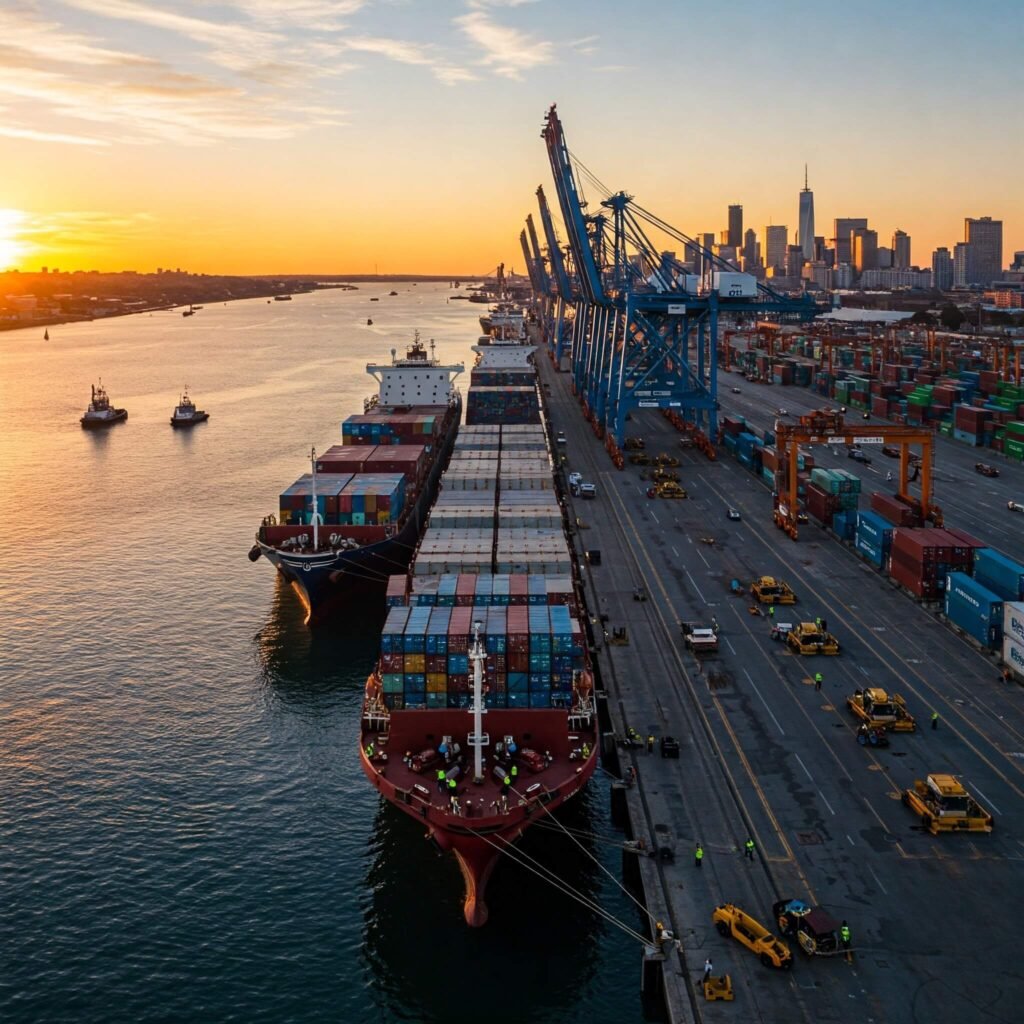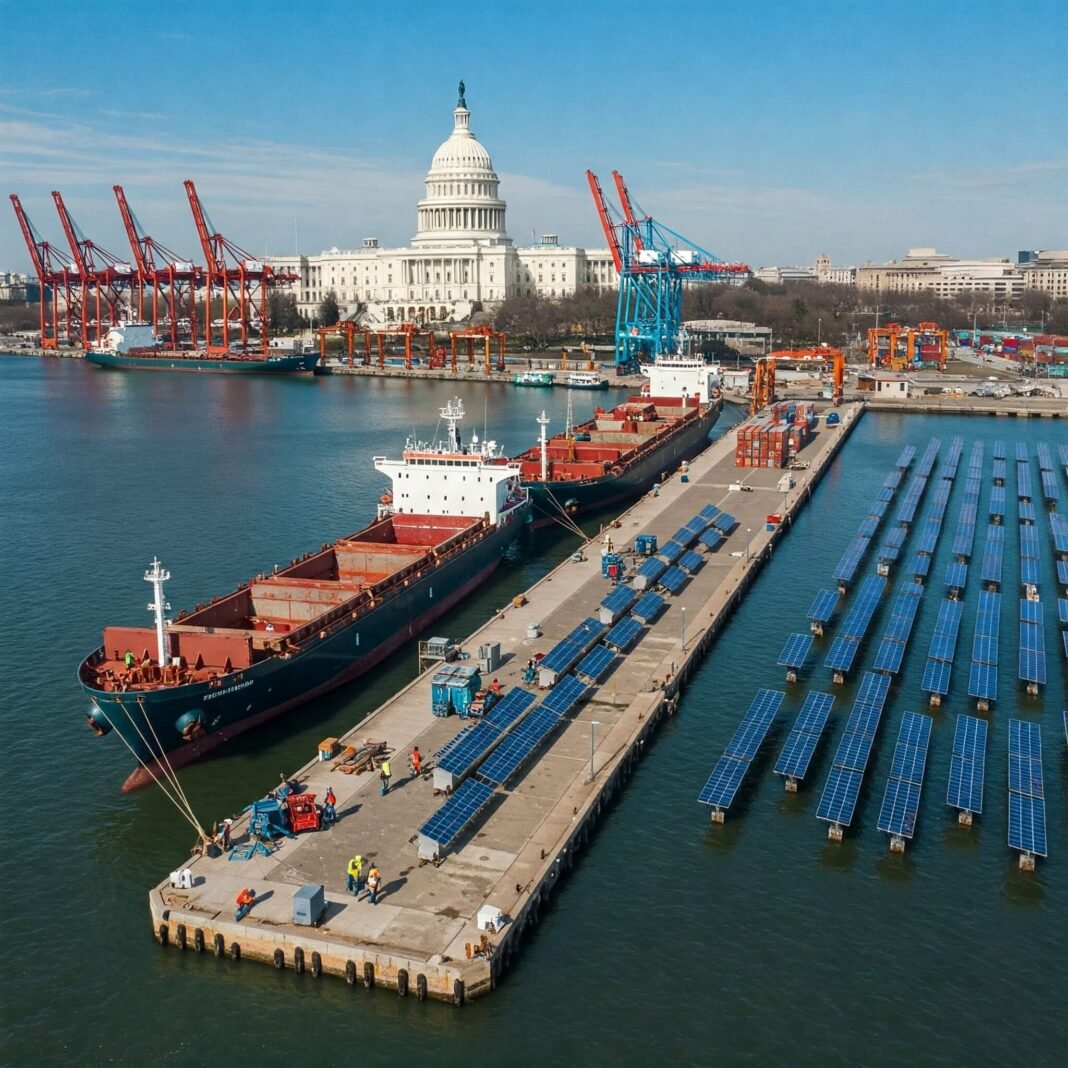Introduction: Unpacking Biden’s Trade Policies
Want to understand 5 things to know about Biden’s trade policies? In 2025, as global trade navigates new challenges, Biden’s approach focuses on fairness, workers, and resilience. From tariffs to green initiatives, these policies shape America’s economic future. This post breaks down the essentials with clear insights and real-world examples. Let’s explore what drives Biden’s trade agenda!

1. Worker-Centered Trade: Prioritizing American Labor
Supporting Workers Through Trade
Biden’s trade policies emphasize workers over corporate profits. In 2023, U.S. agricultural exports reached $181 billion, boosted by worker-friendly deals like the USMCA, per USTR. Tools like the Rapid Response Mechanism ensure fair wages.
Key Features
- Labor Standards: Protect workers’ rights in trade deals.
- Job Growth: Boost manufacturing and agriculture.
- Union Support: Strengthen bargaining power.
Takeaway: Advocate for worker-focused policies via AFL-CIO.
2. Strategic Tariffs: Protecting U.S. Industries
Targeting China’s Practices
Biden’s trade policies use targeted tariffs to counter unfair practices. In 2024, tariffs on Chinese steel and aluminum hit 25% to shield U.S. industries, per Commerce.gov. These aim to boost manufacturing without spiking inflation.
Tariff Impacts
- Industry Shield: Protects steel and solar sectors.
- Investment Boom: Sparked $860 billion in manufacturing.
- Consumer Balance: Minimizes price hikes.
Takeaway: Follow tariff updates on Tax Foundation.

3. Supply Chain Resilience: Strengthening Global Ties
Building Robust Supply Chains
Biden’s policies prioritize resilient supply chains. The Indo-Pacific Economic Framework (IPEF), launched in 2022, unites 13 nations, covering 40% of global GDP, per USTR. This counters disruptions like those during COVID-19.
Resilience Strategies
- Diversified Sources: Reduces reliance on one country.
- Allied Partnerships: Strengthens ties with allies.
- Infrastructure Boost: Upgrades U.S. ports and rails.
Takeaway: Explore supply chain efforts on CSIS.
4. Climate-Focused Trade: Promoting Green Goals
Advancing Sustainable Trade
Biden’s trade policies integrate climate objectives. The U.S.-EU Global Arrangement on Sustainable Steel and Aluminum (GASSA) promotes low-carbon production, per American Progress. This balances competitiveness and sustainability.
Climate Actions
- Carbon Standards: Favor eco-friendly goods.
- Green Investments: $6 billion for clean steel projects.
- Global Alignment: Partners with EU on climate trade.
Takeaway: Support green trade via Brookings.

5. Multilateral Engagement: Rebuilding Global Alliances
Fostering Fair Trade Partnerships
Biden’s policies favor alliances over unilateral moves. The U.S.-Taiwan 21st Century Trade Initiative, signed in 2023, strengthens ties without traditional FTAs, per USTR. This promotes fair global trade rules.
Partnership Efforts
- Allied Cooperation: Works with EU and Japan.
- WTO Reforms: Seeks fair trade systems.
- Regional Frameworks: Expands IPEF and USMCA.
Takeaway: Follow global trade talks on CFR.
Conclusion: Mastering Biden’s Trade Policies
The 5 things to know about Biden’s trade policies offer a roadmap to America’s economic strategy. From worker protections to global partnerships, these policies aim for fairness and strength. Stay engaged by tracking updates and advocating for transparency. What’s your take on Biden’s trade approach? Share below and let’s discuss!





